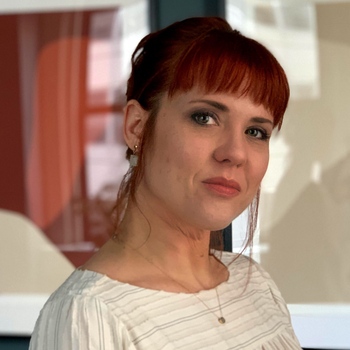We listen, act, and transform
**In-Person and telehealth in NY**
***Now available for telehealth in MAINE***
I work from an analytic lens. That just means that I take the perspective that in addition to our conscious mind, we also have an unconscious mind, which holds on to a lot of the thoughts and feelings we otherwise defend against. We’re conflicted, and these inner conflicts play out in many different ways: In feeling “stuck,” in acts of self-sabotage, in anxious ruminations, etc. So that’s the theory, but where do we go from there?
Primarily, I see adults in individual psychotherapy once or twice a week. Sometimes I employ other modalities in addition to dynamic talk therapy, if it becomes warranted in the treatment. I like to have a lot of different tools at my disposal, because I don’t believe in a one-size-fits-all approach. In the past I have utilized guided visualization meditations, neuro-feedback (via BAUD device), CBT techniques, and so on.
As a graduate of the analytic training program at the New York Psychoanalytic Society and Institute, I am also able to see patients for traditional analytic treatment. Yes, just like in the old New Yorker cartoons, many people do still lay on a couch three to four times a week. Actually, it’s pretty much the only way I know that one can come to explore their inner world with the type of vulnerability and genuine curiosity that affords deep and lasting change.
Finally, I am also able to offer comprehensive psycho-diagnostic and neuro-diagnostic reports for adults, adolescents, and children. Depending on the investigative question, assessments may cover Intellectual Functioning, Adaptive Functioning, Academic Achievement, Learning Disabilities, Personality Functioning and Structure, ADHD, and so on. Reports are lengthy and nuanced, and provide a detailed portrait of one’s individual strengths and weaknesses, with accompanying data and further treatment recommendations. Children’s reports may be used for Individualized Education Plans (IEPs).

Trisha E. Balbert
Ph. D.